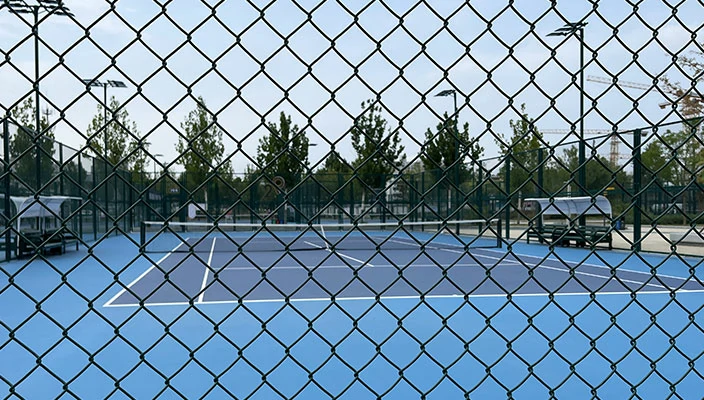Barbed Wire Fence Pricing Trends and Cost Factors Explained
The Cost Factors and Trends of Barbed Wire Fence Prices
Barbed wire has long been one of the most cost-effective solutions for fencing in agricultural, industrial, and residential applications. The price of barbed wire fences can vary significantly depending on several factors, including materials, gauge, coating, and market trends. Understanding these variables can help consumers make informed decisions when purchasing barbed wire fencing.
Material Composition
The primary component of any barbed wire is the steel used in its manufacturing. Typically, high-carbon steel is favored for its strength and durability, but lower-grade materials may also be utilized for specific applications. The cost of steel fluctuates based on global supply and demand, which directly impacts the price of barbed wire. When steel prices rise due to increased manufacturing costs or trade tariffs, the price of barbed wire will follow suit.
Gauge and Design
Barbed wire typically comes in various gauges, which refers to the thickness of the wire. The gauge commonly ranges from 12.5 to 18, with lower numbers indicating thicker wire. Thicker wire is generally more durable and capable of withstanding environmental stresses. Nevertheless, it also increases the overall cost. Additionally, the design of the barbs—size, spacing, and the number of barbs per foot—also influences price. More intricate designs require more material and labor, thus raising the price.
Coating Options
To enhance the durability of barbed wire, manufacturers often apply various coatings. Galvanization is a common process that protects against rust and corrosion, especially for applications in wet or humid environments. This process can significantly increase the cost of the wire. Other coating options, such as vinyl or polyester coatings, provide additional protection and aesthetic options but also contribute to higher prices. When shopping for barbed wire, consumers should consider the environment in which the fencing will be used and whether the additional investment in a coated product is warranted.
fence barbed wire price

Market Trends
In the era of global supply chains, market trends can play a significant role in barbed wire prices. Demand for agricultural products can lead to increased fencing needs, driving prices up. Similarly, economic fluctuations, such as periods of inflation or recession, can influence production costs and the availability of materials, impacting the final price to consumers. Understanding these market dynamics is crucial for buyers, particularly farmers or businesses looking to invest in large quantities of fencing.
Installation and Labor Costs
The cost of barbed wire itself is only one part of the equation. Installation costs can significantly affect the total expense of a fencing project. Hiring professional installers with experience in barbed wire fencing will often yield the best results, but this service comes at a premium. Alternatively, DIY installation can save money but requires tools, time, and a certain level of expertise. When budgeting for a fencing project, prospective buyers should think about installation methods and associated labor costs.
Local Markets and Suppliers
When considering purchasing barbed wire, the choice of supplier can also influence pricing. Local hardware stores, farm supply companies, and online retailers may have varying prices due to shipping costs and local market conditions. It’s beneficial for buyers to shop around, comparing prices from multiple sources to ensure they are getting the best deal for their specific needs.
Conclusion
In summary, the price of barbed wire fencing is influenced by various factors, including material composition, gauge, coatings, market trends, installation costs, and local supplier options. Understanding these elements aids consumers in making smarter purchasing decisions that align with their specific requirements and budget constraints. As agricultural and industrial demands continue to fluctuate, staying informed about current trends will help buyers navigate the barbed wire market effectively. Whether for securing livestock, fencing properties, or creating barriers, barbed wire remains a versatile and economical fencing solution well worth the investment.
-
Space-Saving Chain Fence Hacks Vertical Gardening with Cyclone MeshNewsJul.16,2025
-
Innovations in Iron Nail Wire Production for Modern ConstructionNewsJul.16,2025
-
Creative Uses of Wire Netting Fence in Modern Landscape DesignNewsJul.16,2025
-
Barbed Wire Fence Innovations in Anti-Climb TechnologyNewsJul.16,2025
-
Architectural Uses of Umbrella Nails for Aesthetic Roof DesignsNewsJul.16,2025
-
Architectural Uses of Razor Barbed Wire in Secure Urban DesignNewsJul.16,2025




